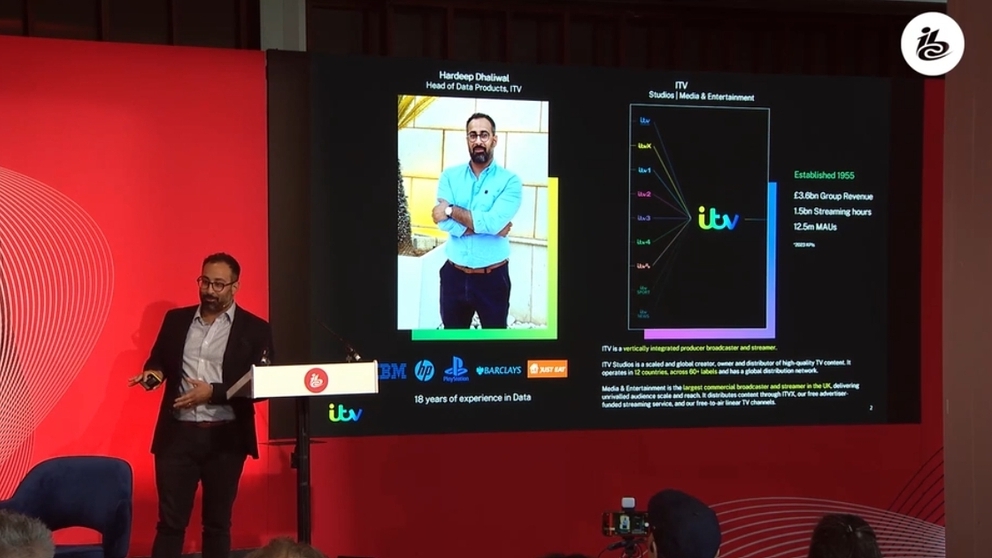Ophélie Boucaud, Principal Analyst at Dataxis, sheds some light on the quest for more relevant and comparable performance metrics in the ad-supported streaming world, and what needs to happen to create greater transparency.
Assessing the performances of ad-supported free streaming services has become a game of comparing apples and bananas in recent years. The ad-supported video-on-demand (AVOD) and free ad-supported TV (FAST) industries are notoriously hard to evaluate because each actor will use their own methodology and proprietary KPIs when issuing information on their uptake. Some platforms will share their reach, others will talk about engagement and usage, competitors will push high registration numbers, and only a handful of them share their volume metrics in terms of viewing time.
The infamous Monthly Active Users (MAU) KPI is also highly contested, mostly because the calculation methodology highly differs from one service to another. And that’s before we even get onto the streamers that do away with this somewhat industry-wide accepted metric and instead disclose volume KPIs as unique users per year, weekly active users, or even a 90-day active base, among others...
You are not signed in.
Only registered users can view this article.

What drives global viewership? Key insights from 2024
Laura Ghisiglieri, Global Development & Marketing Director at BB Media, presents the key findings from the company’s ‘Streaming 2024: New Platforms and Global Trends’ report.

Life on the edge: protecting the value of algorithms
Neal Michie, Director of Product Management at PACE Anti-Piracy, discusses how intellectual property in the form of algorithms deployed on the edge can be reverse engineered and stolen, and how a white-box solution can prevent this process from taking place.

Measurement, currencies and walled gardens: how do we solve the video industry’s headache?
Ophélie Boucaud, Principal Analyst - Media & Telecom at Dataxis, provides a European perspective on overcoming the current challenges associated with fragmented viewer and advertising metrics.

How can broadcast engineers keep pace with seismic shifts in the media tech landscape?
IT-based broadcasting is continually evolving and engineers face new challenges in key growth areas such as IP-based production and cybersecurity. John Maxwell Hobbs breaks down the resources at hand to help broadcast engineers stay on top of their game.

Overcoming 5G capacity and latency issues for live production
What are the main considerations for using 5G for live production? David Thompson, DPP’s Technologist Strategist, provides an oversight of key pointers and potential pitfalls when adopting 5G.




